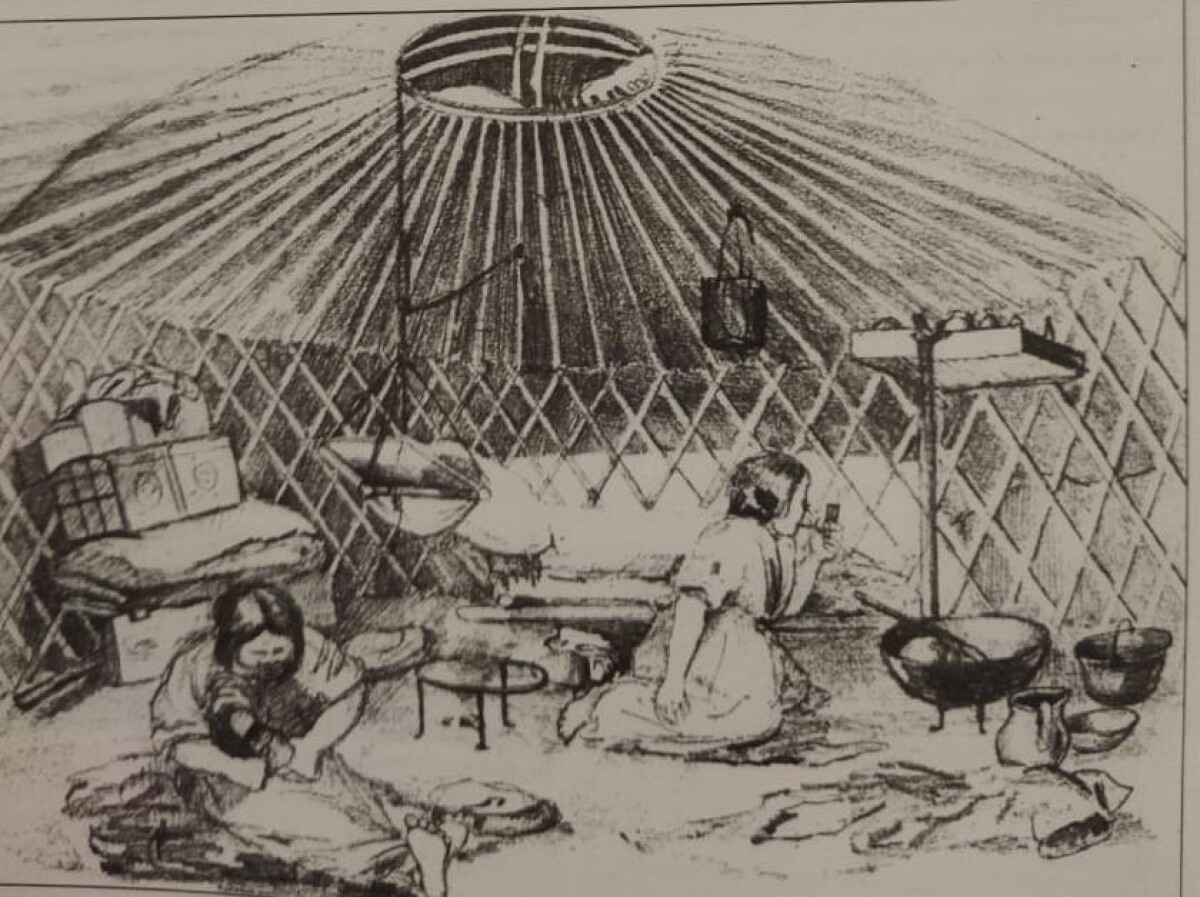
31.03.2023
2451
The problem of mobile housing back in the days of communism was one of the areas of the science of architecture. And if in relation to the city mobile housing was basically a theory, within which various concepts were developed, from real proposals to fantastic ideas, then in relation to the village it was a practice of reality. The Qazaqstan Tarihy portal found a mobile housing project for livestock breeders in the mid-1970s.
Photos taken from the magazine "Architecture of the USSR" (August, 1975).
The need to create a mobile home that meets a certain level of household comfort was predetermined in the conditions of agricultural production by the nature of pasture-based animal husbandry. The duration of seasonal work of livestock breeders lasted from 7 to 9 months a year, during which huge flocks of sheep roamed from one place to another. During this period, parking lots were changed 4-6 times.
The place of parking on pastures was chosen near water bodies-rivers, streams, springs or channels. And in desert and semi-desert areas-near artesian wells, wells. On cultivated pastures, the water supply from wells was mechanized: convenient and economical pumping units running on liquid fuel supplied water to the trays.
In the parking lots, shepherds built their temporary homes, hearths, small sheds for household needs, corrals for livestock, installed pumps in wells. All these activities took 2-3 days.
The dwellings were built on a flat, elevated platform for easy viewing of the pasture. The number of dwellings in the parking lots ranged from 1 to 10, depending on the size of the shepherd brigade.
The shepherd's family was characterized by a division of labor between adults: men mainly tended sheep, and women were engaged in household chores (cooking, washing, cleaning, caring for children), in addition, they had to prepare food and water for livestock, milk cattle, and take care of lambs. In this regard, it was necessary to increase the comfort of housing and the level of cultural and household services for shepherd families, as well as to increase the level of energy supply for their work.
The conducted studies showed that the most promising types of mobile housing for livestock breeders in Central Asia and Kazakhstan were stationary (in the form of a van on wheels) and transforming (collapsible and collapsible). The choice of the preferred type of dwelling was determined by the terrain and the presence of highways.
The prototype of the collapsing dwelling was a yurt. Supporting frame-posts and crossbars, fencing - made of soft material.
At present, the production of synthetic materials for folding dwellings has been widely developed. They were made in the RSFSR, Uzbek and Kazakh republics. The use of these materials with the use of a heat-resistant coating-koshma was possible in all pasture zones of Kazakhstan and Central Asia.
The design was also used in the form of pneumatic arches of the "ayromat" type (double-layer arch arches with an excess pressure of 0.3-3 atm), fixed with flat belts made of synthetic fabrics. The cover was a helmet with a sun protection device made of polymer films. The dwelling was designed for any family composition, and if necessary, it was increased or decreased along the longitudinal axis of the buildings.
Such a dwelling was easy to install, and when changing pasture sites, it could be moved manually. At the same time, the structures were folded into bags or wound on drums.
The advantages of a home made of pneumatic arches included: short terms of dismantling (0.15-0.5 h / sq. m. of the covered area); easy adaptability of the structure shape to the terrain; large internal space; high earthquake resistance and safety in case of an accident; originality of the architectural form.
Air-supported arches had the lowest weight and cost per unit of covered area, ease of manufacture, compactness in the dismantled state and ease of transportation.